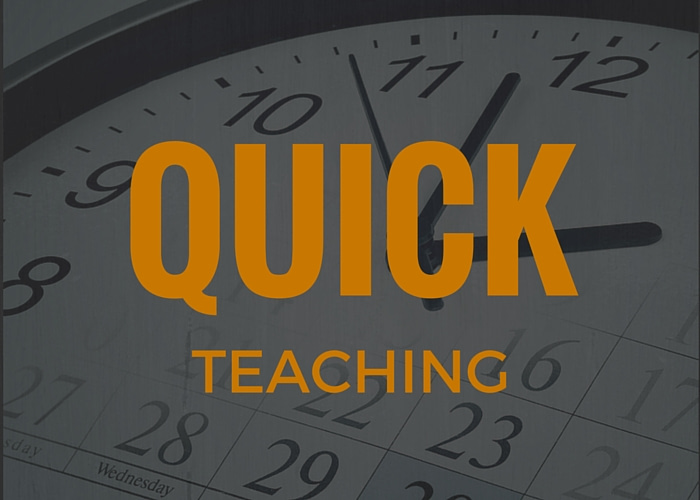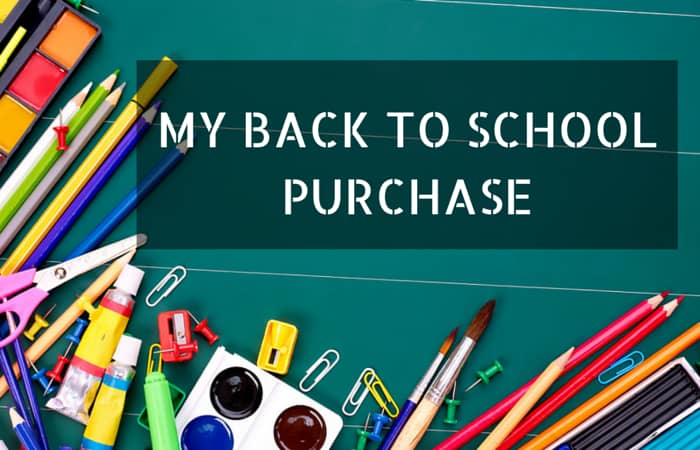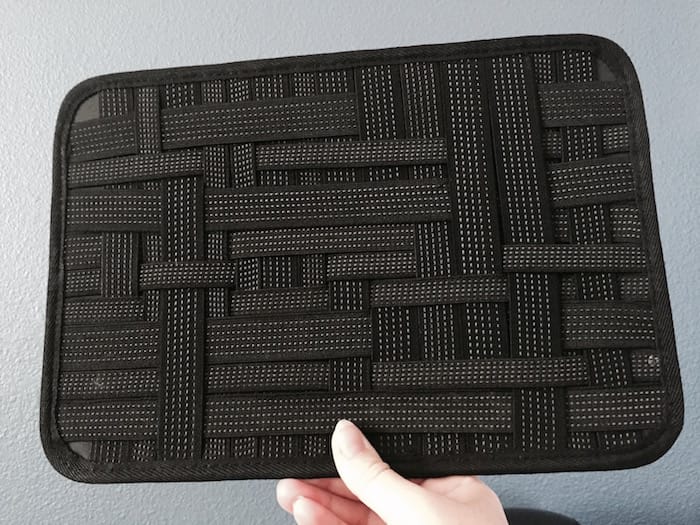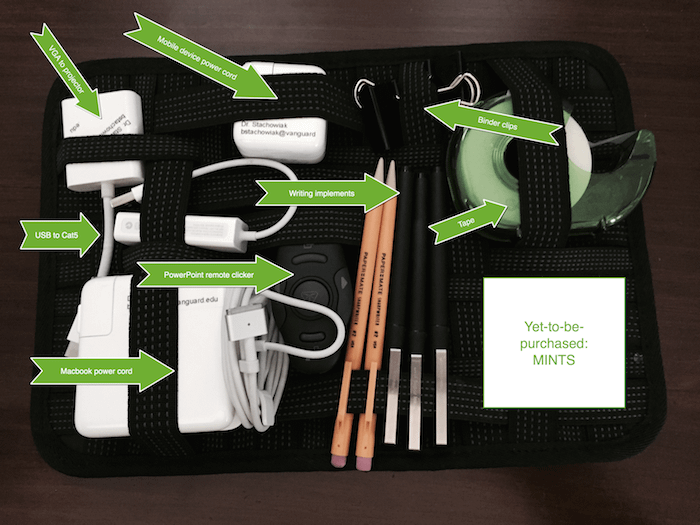This past week was definitely rewarding.
- James Lang wrote an article for The Chronicle of Higher Education about the Teaching in Higher Ed podcast that was edifying.
- Josh Eyler came back on the show to talk about teaching lessons from Pixar movies (episode #065). I think it was my 3 1/2 year-old son's favorite episode yet. [Disclosure: Our son only wanted to listen to the movie clips, though.]
- I got to speak to Ainissa Ramirez, a science evangelist who I had learned about on NPR's All Things Considered. The episode with her will air on Thursday, September 17.
- The Teaching in Higher Ed podcast was listed among the top 10 higher ed podcasts on itunes throughout the week.
It is so energizing to get to connect with people who are so committed to teaching and learning. I'm excited to think about what this next year in podcasting will bring.
If you have gotten something out of Teaching in Higher Ed, would you consider helping others discover the show by:
- Forwarding James Lang's article about Teaching in Higher Ed to others who have a passion for teaching
- Commenting on the article James Lang wrote with what has been your favorite episode of Teaching in Higher Ed, so that it might get additional exposure with those who read The Chronicle
- Rating or ranking the show (https://teachinginhighered.com/itunes – it will take you into iTunes, where you can rate/rank it, or via whatever app/service you usually use to listen)
Thanks for being a part of the Teaching in Higher Ed community.











